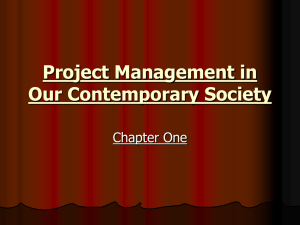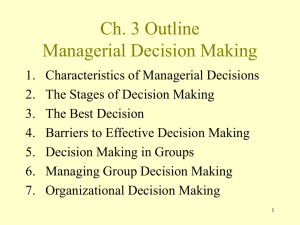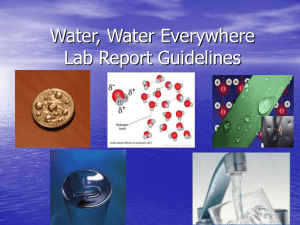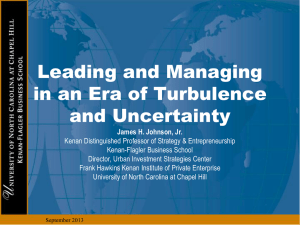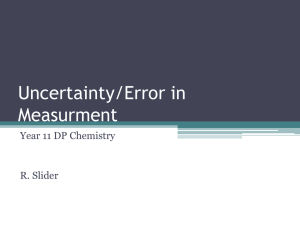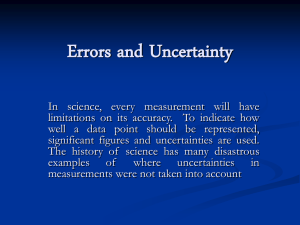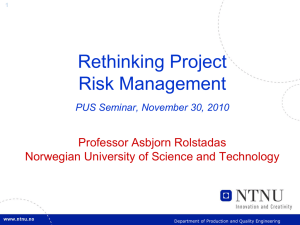Uncertainties - Kelso High School
advertisement
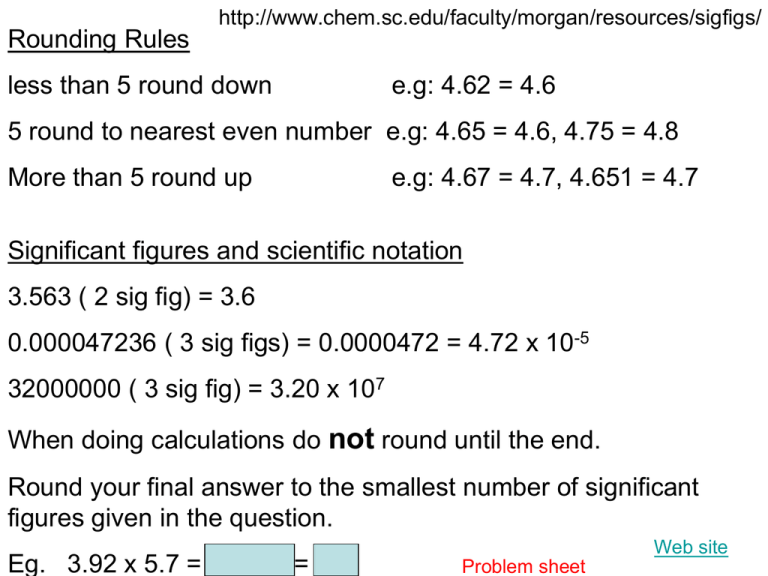
http://www.chem.sc.edu/faculty/morgan/resources/sigfigs/ Rounding Rules less than 5 round down e.g: 4.62 = 4.6 5 round to nearest even number e.g: 4.65 = 4.6, 4.75 = 4.8 More than 5 round up e.g: 4.67 = 4.7, 4.651 = 4.7 Significant figures and scientific notation 3.563 ( 2 sig fig) = 3.6 0.000047236 ( 3 sig figs) = 0.0000472 = 4.72 x 10-5 32000000 ( 3 sig fig) = 3.20 x 107 When doing calculations do not round until the end. Round your final answer to the smallest number of significant figures given in the question. Eg. 3.92 x 5.7 = 22.344 = 22 Web site Problem sheet Uncertainties Shape of Time in seconds boat Average time (s) 3.2 3.4 2.9 3.2 1.7 1.7 1.9 4.2 2.1 2.0 1.8 2.8 1.5 1.4 1.3 1.4 There is a mistake in one of the times. This is not an uncertainty. Results from three experiments to find the speed of sound. (a) (240 100) m/s (b) (48 500) m/s (c) (333 2) m/s absolute uncertainty Example: Find the speed. d = (50 1) m t = (0.033 0.002) s Percentage uncertainty = absolute x 100% mean value or reading Use the biggest percentage uncertainty to calculate the absolute uncertainty in the final answer. The three types of uncertainties. Systematic. Reading. Random. Systematic uncertainty Reduce this and to get an accurate result. – zero uncertainty - design of experiment Reading uncertainty – chose the correct measuring instrument for that reading. i.e.. You can measure a distance using trundle wheel, a metre stick or a micrometre Analogue – ½ least unit Digital – least unit 14.2 ammeter Least unit is 1 N Least unit is 0.1 A F = (18 ± 0.5)N I = (14.2 ± 0.1)A Find out which of the following you can measure most accurately. 1.The temperature of running water from the cold tap. 2.The volume of water in bottle A. 3.The current through a 2.5V bulb connected to 3V. 4.The length of the lab bench. 5.The time for 10 swings of a 50 cm long pendulum. 6.The inside and outside diameters of a boiling tube. 7.The diameter of a golf ball. For each of the above you should note: (a) The measuring instrument used. (b) The measurement. (c) The reading uncertainty. (d) Your answer in the form (measurement + absolute uncertainty) (e) The percentage uncertainty. Random uncertainties – caused by random changes in temperature, air movements etc. Repeat readings will improve the reliability and make the mean reading more precise Mean = sum of readings ÷ number of readings Random uncertainty = (max value – min value) ÷ number of values Example: Find the average distance travelled. distances (m) 23.4 21.3 22.5 23.5 22.1 22.8 Experiment: •Find the time it takes a trolley to travel 50 cm down a slope with an angle of 150. •Repeat at least 5 times and find the mean and random uncertainty in the time. •Find the reading uncertainty for time. •Calculate the percentage uncertainty in time using the largest absolute uncertainty (reading or random) •Find the reading uncertainty and percentage uncertainty in distance. •Calculate the average speed and the absolute uncertainty in it. 2010 paper Qu 24 An experiment is carried out to measure the time taken of a steel ball to fall vertically through a fixed distance using an electronic timer. (a)The experiment is repeated and the following values for time recorded. 0.49s 0.53s 0.50s 0.50s 0.55s 0.51s Calculate: (i) The mean value of the time; (ii) the approximate random uncertainty in the mean value of the time. Answers (i) 0.51s (ii) 0.02s (0.012 acceptable)

